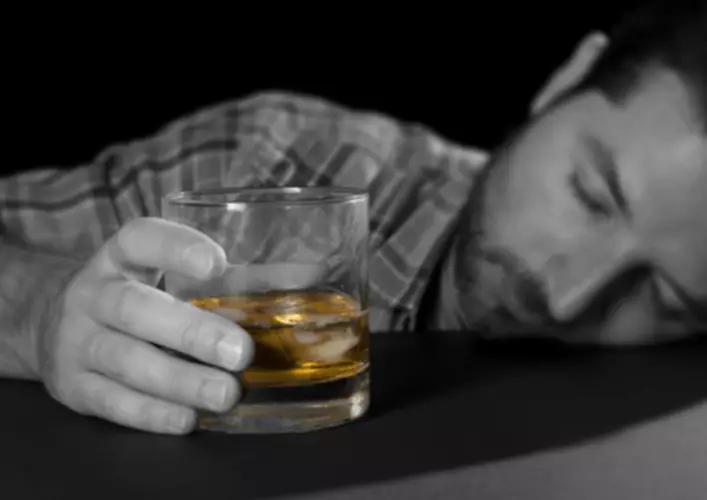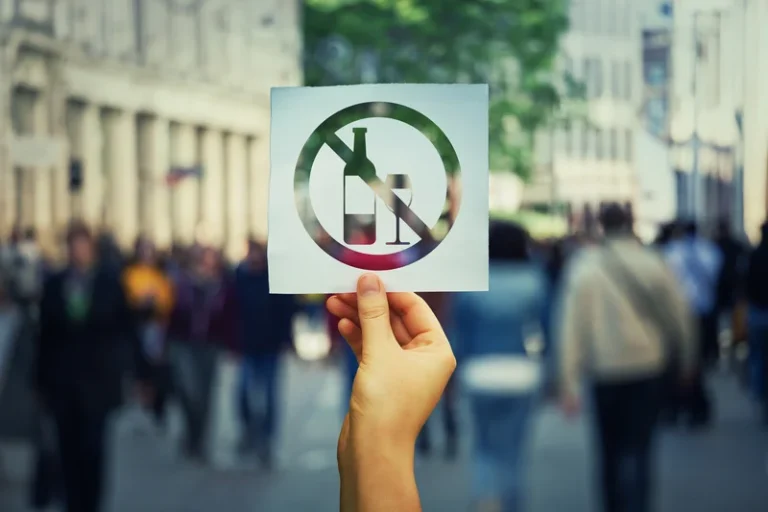
From anxiety to PTSD, to grief to substance use, therapy with adults covers a broad range. Many adults struggle with things like unresolved loss, life transitions, identity development, and conflict in relationships. And there are some art therapy activities that work well with these common issues.
Download 3 Free Positive CBT Exercises (PDF)
- Your journey to recovery doesn’t end with day treatment or outpatient, once you’re with Blanchard, you’re always with Blanchard.
- There are so many benefits of art therapy that it’s worth taking the time to dabble and experiment.
Through addiction recovery art, psychological concerns like stress, anxiety, depression, or trauma can be brought to light, and the weight they put on our development can be lessened. Use art therapy to make something you can carry with you that will encourage you when you need it. Whether it’s a piece art therapy ideas for adults in recovery of jewelry, a keychain or clothing, you can add images, words or colors that remind you of how you want to feel. People have been relying on the arts for communication, self-expression, and healing for thousands of years. But art therapy didn’t start to become a formal program until the 1940s.
The Sober Stoic: How to Handle Life’s Difficulties
She ultimately stepped back into her parent role, surrounded by a supportive community. American Addiction Centers (AAC) is committed to delivering original, truthful, accurate, unbiased, and medically current information. We strive to create content that is clear, concise, and easy to understand. We do not receive any commission or https://ecosoberhouse.com/article/alcoholics-heart-problems-cardiomyopathy/ fee that is dependent upon which treatment provider a caller chooses. As Bill filled in the spaces with relaxed strokes of color, he felt his tension ease and his stress release. The No Surprises Act and Good Faith Estimates can protect individuals by ensuring that they do not have to pay the entire cost of their care out-of-pocket.
- As a reminder to take care of yourself, you can paint and decorate a self-care box in accordance with your tastes.
- The concept of this project is to encourage them to imagine the potential for transformation.
- It teaches you how to overcome emotional roadblocks and express yourself when communicating with others.
- While working with adults, you will likely come across a wide variety of issues.
- When you sit down to colour, pay attention to the way your mental state influences everything from your choice of picture to the hues you use.
- This video trailer for the book Video and Filmmaking as Psychotherapy (Cohen et al., 2016) gives a taste of how filmmaking is being used in psychotherapy with veterans to treat post-traumatic stress disorder.
Nature-Based Expressive Arts Therapy – Sally Atkins and Melia Snyder

Movement can relieve stress and can be a powerful tool for self-regulation (Jones, 1996). In the video below, somatic psychologist and dance/movement therapist Dr. Jennifer Tantia explains how she used movement to transform her client’s anxiety into a sense of agency. Movement can be a powerful form of self-expression to connect to the wisdom of the body and its innate healing capacity. Expressive arts therapy involves a multimodal integration of varied elements of the creative arts therapies into psychotherapy and counseling. Further processing can provide more clarification on how the client can solve their problem based on where they are along the bridge.

Hide & Seek – A Dad’s Journey From Soulless Addiction to Sole Custody by Paul Summers Jr.
Providers who advertise with us must be verified by our Research Team and we clearly mark their status as advertisers. It’s also important that you are clear with your clients that you are not an art therapist, and you are not providing art therapy. In this art therapy directive, you can draw upon elements of the classic bridge drawing above while also “diving deeper” into the metaphor (please excuse the water pun). After that, I encourage the client to draw symbols, images, shapes, words, etc. on paper that represent the parts of themselves that feel unresolved, AKA their “unfinished business”. Once they have all of their symbols inside the box, I ask them to take them out, one at a time, and talk about each one.

Beyond Healing: Personal Growth
A variety of art project ideas focus on the creative process that is beneficial to the recovery process. In this article, we will discuss expressive arts therapy by explaining the interventions used and the difference between expressive arts therapy and creative arts therapies. You will be introduced to expressive arts therapy techniques and ideas for your psychotherapy and counseling sessions, both with individual adults and groups. You may be the next Sober Picasso, or you may be the next big Pinterest Fail.
- Additionally, by promoting focus and clarity, art therapy ideas for adults in recovery are good for their brain’s health.
- In fact, this form of therapy is currently used in 36.8 percent of addiction treatment programs.
- The client has control over the art-making process and the art will take them where they need to go.
- This is key, because language often fails to fully communicate the intense emotions involved in the recovery process.
- Participants use a variety of materials and mediums—paint, collage, colored pencils, and sometimes clay.
- If you would like to learn more about our holistic approach to addiction recovery, we invite you to contact us today.
- Making your own thank-you cards by painting, drawing or embellishing a stack of blank cards will make a lasting impact on you and recipient.


